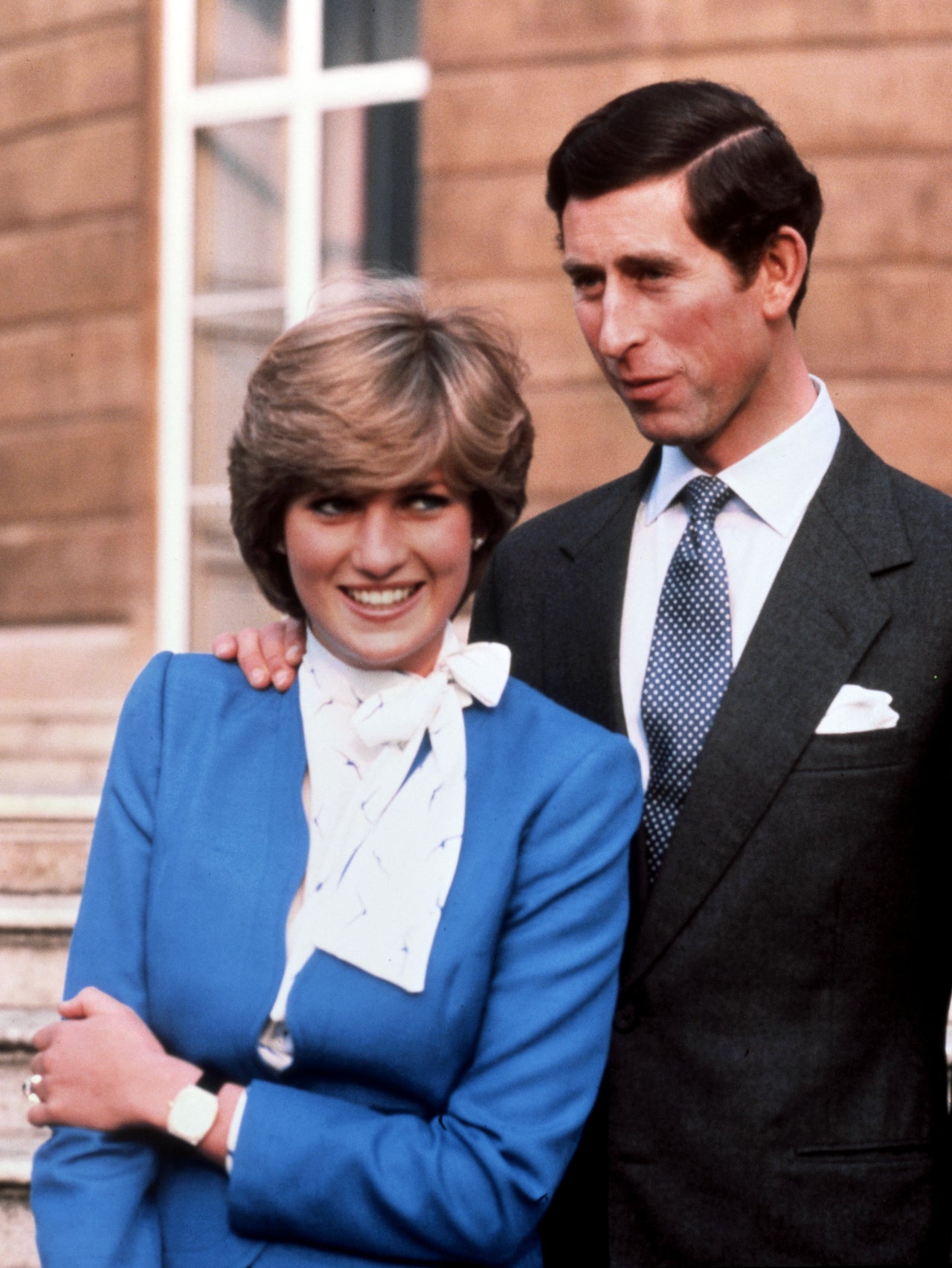Lavish royal drama The Crown is drawing both ire and admiration for its portrayal of Britain’s most famous family.
The Netflix series recreates some of the most sensitive and controversial events in the Windsor dynasty – including the death of the Prince of Wales’ beloved uncle Lord Mountbatten and of course, the entrance – and tragic exit of his first wife, Princess Diana.
Some royal commentators have been quick to deride the series for its portrayal of some of these events – despite writer and creator Peter Morgan’s repeated defence of his right to creative freedom.
The show does employ researchers and Morgan has gone on record to say he regularly meets with royal aides to allow them to “brace themselves” for upcoming storylines.
“We do our very, very best to get it right, but sometimes I have to conflate [incidents]… You sometimes have to forsake accuracy, but you must never forsake the truth,” he told The Times.
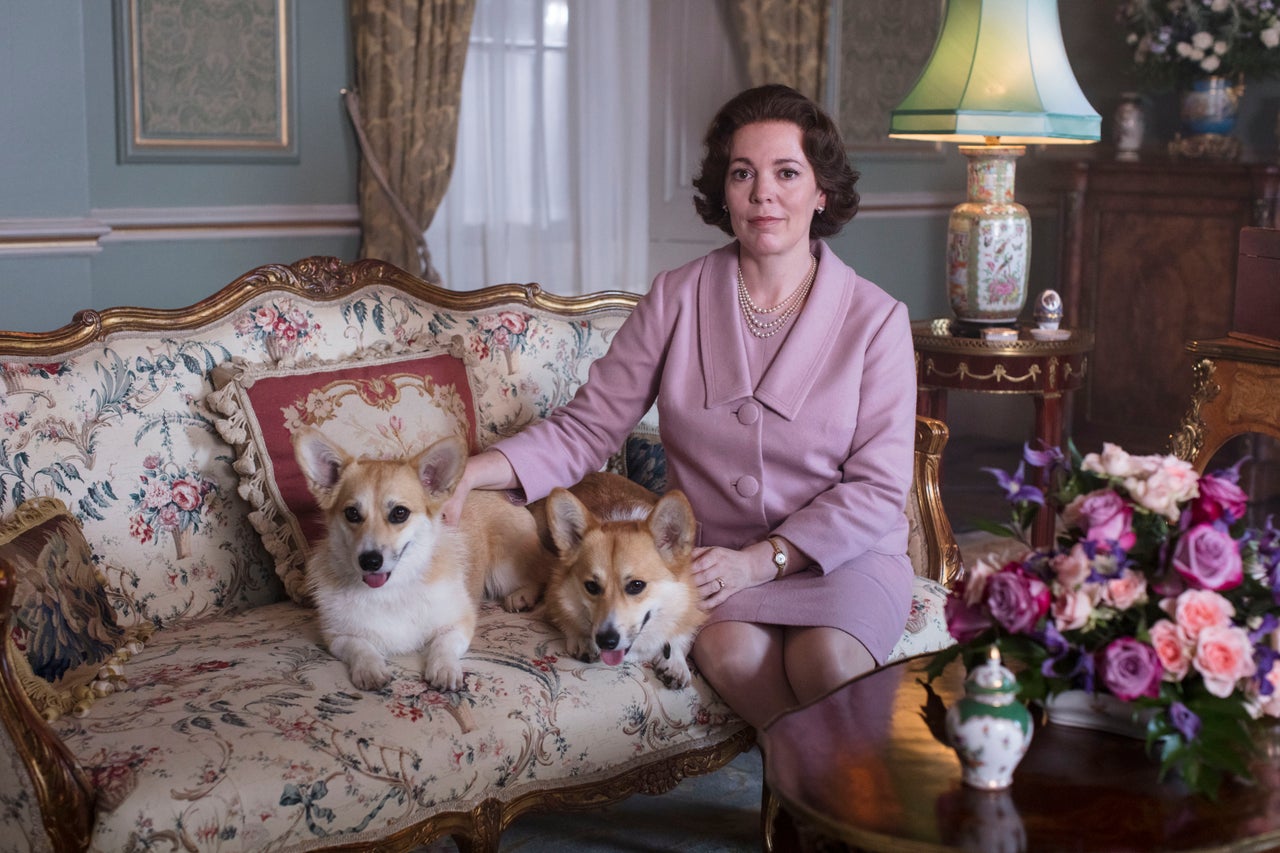
Despite Morgan’s transparency about his work, royal commentators and media figures have been quick to dispute some of the show’s more controversial content so far.
Guardian columnist Simon Jenkins has attacked the series, denouncing it as “fake history”, describing it as “reality hijacked as propaganda.”
Jenkins accused the show of taking liberties “by relying on royalty’s well-known – and sensible – reluctance to resort to the courts. This is artistic licence at its most cowardly as well as casual.”
Here are five of the most disputed moments. Spoilers ahead.
Lord Mountbatten and the letter
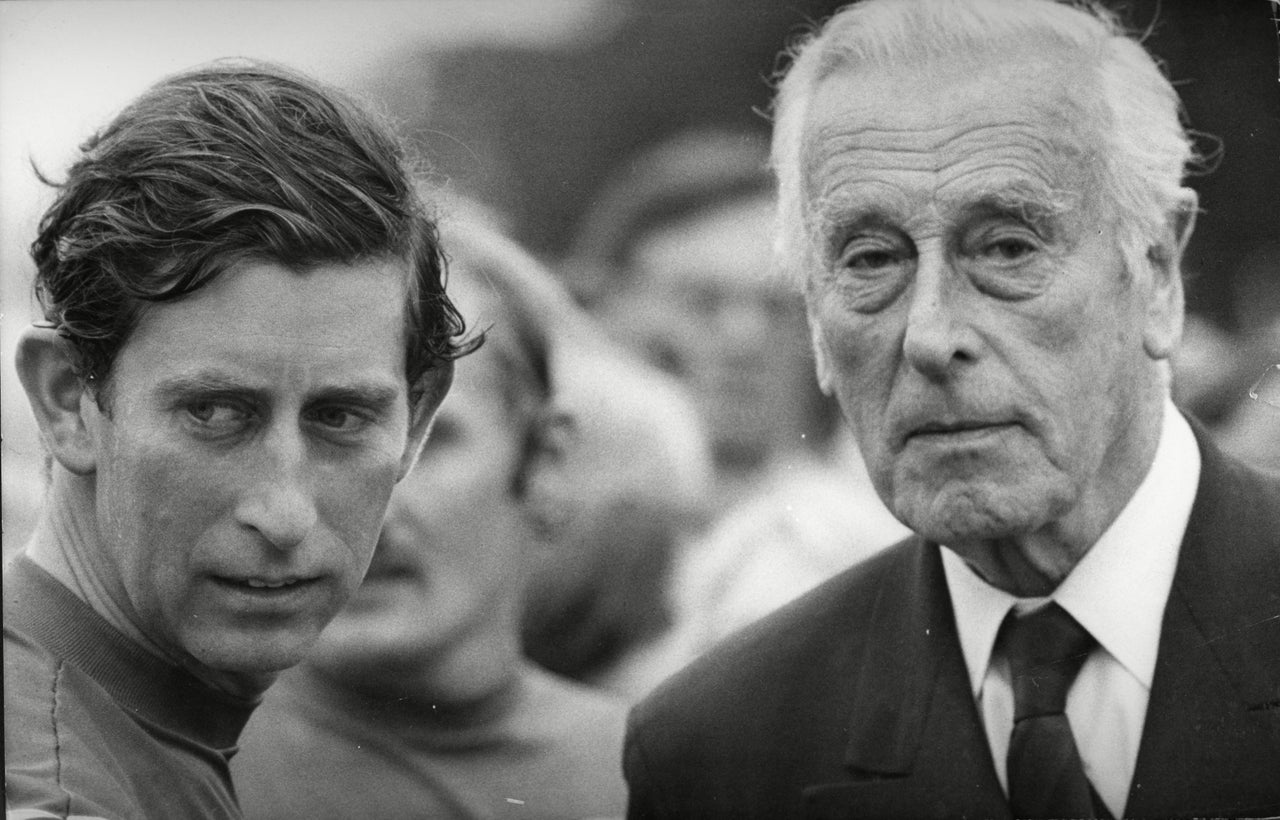
The opening episode of the fourth season features an imagined interaction involving the Prince of Wales and his beloved great-uncle Lord Mountbatten.
Charles Dance’s Lord Mountbatten admonishes Josh O’Connor’s Charles for his pursuit of Camilla, who at the time was married to Andrew Parker Bowles.
Viewers see the older man writing a letter warning Charles he is in danger of bringing “ruin and disappointment” to the family. On the show, the prince only reads the note after the IRA assassinated Lord Mountbatten in August 1979.
While no record of the letter exists, Morgan believes the interaction to be based in truth.
Speaking on the show’s official podcast, he said: “What we know is that Mountbatten was really responsible for taking Charles to one side at precisely this point and saying, ‘Look, you know, enough already with playing the field, it’s time you got married and it’s time you provided an heir’.
“As the heir I think there was some concern that he should settle down, marry the appropriate person and get on with it.”
He said: “In my own head I thought that would have even greater impact on Charles if it were to come post-mortem, as it were. I think everything that’s in that letter that Mountbatten writes to Charles is what I really believe, based on everything I’ve read and people I’ve spoken to, that represents his view.
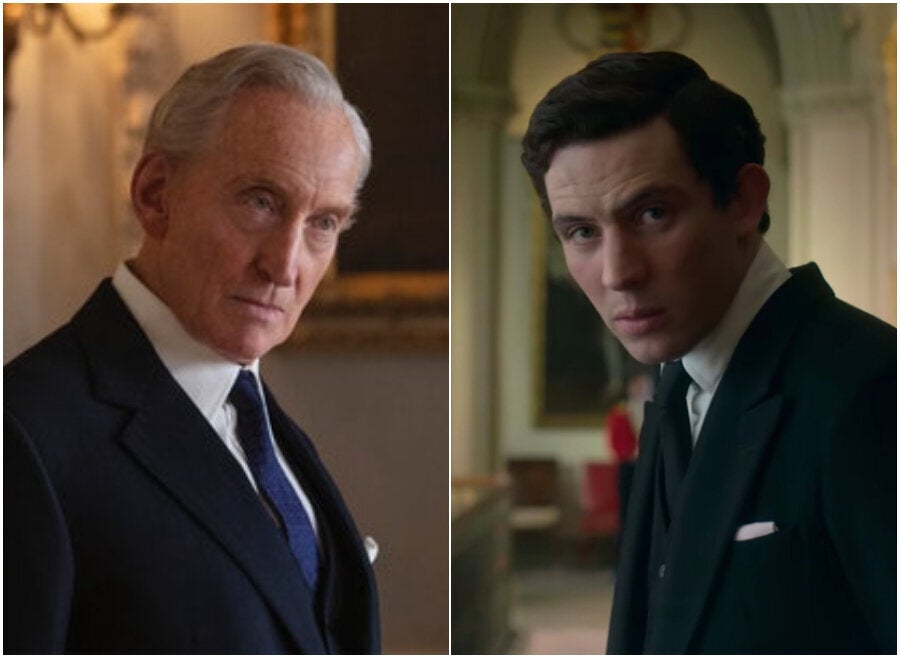
“We will never know if it was put into a letter, and we will never know if Charles got that letter before or after Mountbatten’s death, but in this particular drama, this is how I decided to deal with it.”
Piers Morgan has begged to differ, accusing the show of “crossing a line” and going too far with its treatment of the event.
Speaking on Tuesday’s Good Morning Britain, he said: “Charles was utterly heartbroken by the murder of his great favoured uncle and that to me, that crosses a line to me where if you’re inventing a critical letter from someone who’s now dead and can’t respond and there’s no record of that letter ever being sent, what justification is there for that?”
Royal historian Hugo Vickers also pointed out that “Mountbatten was by no means a good influence” claiming (via The Times) he “urged Prince Charles to ‘sow his wild oats’ before finding the unsullied girl”.
The Queen and the Kennedys
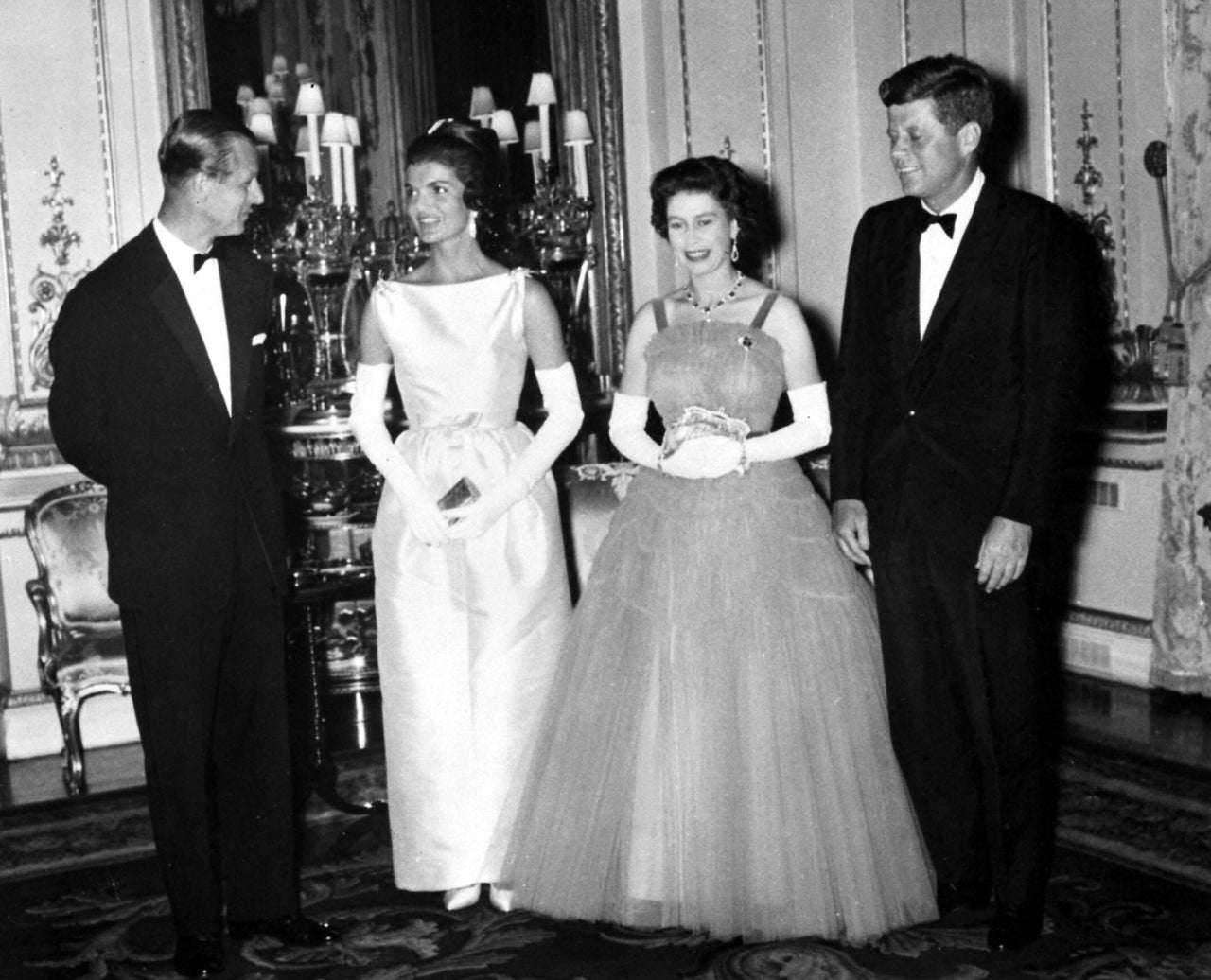
In June 1961, President John F Kennedy and his wife Jackie visited Buckingham Palace.
In The Crown, the Queen finds out some time after their meeting that the First Lady described her to dinner guests as “a middle-aged woman so incurious, unintelligent and unremarkable that Britain’s new reduced place in the world was not a surprise but an inevitability”.
Buckingham Palace did not fare well either, with the fictional Jackie deeming it “second-rate, dilapidated and sad, like a neglected provincial hotel.”
It seems there is a grain of truth to these scenes, with Kennedy confiding to photographer Cecil Beaton that was unimpressed by the palace furnishings and by the Queen’s dress and hairstyle.
Writer Gore Vidal went so far as to say Kennedy felt “resented” by the Queen and found the monarch “pretty heavy going”. She is also said to have remarked: “Philip was nice, but nervous. One felt absolutely no relationship between them.”
Evidence of tensions is given further weight by Kitty Kelley, who in her 1998 book The Royals, stated: “The Queen’s resentment was real.”
Princess Margaret’s hidden cousins
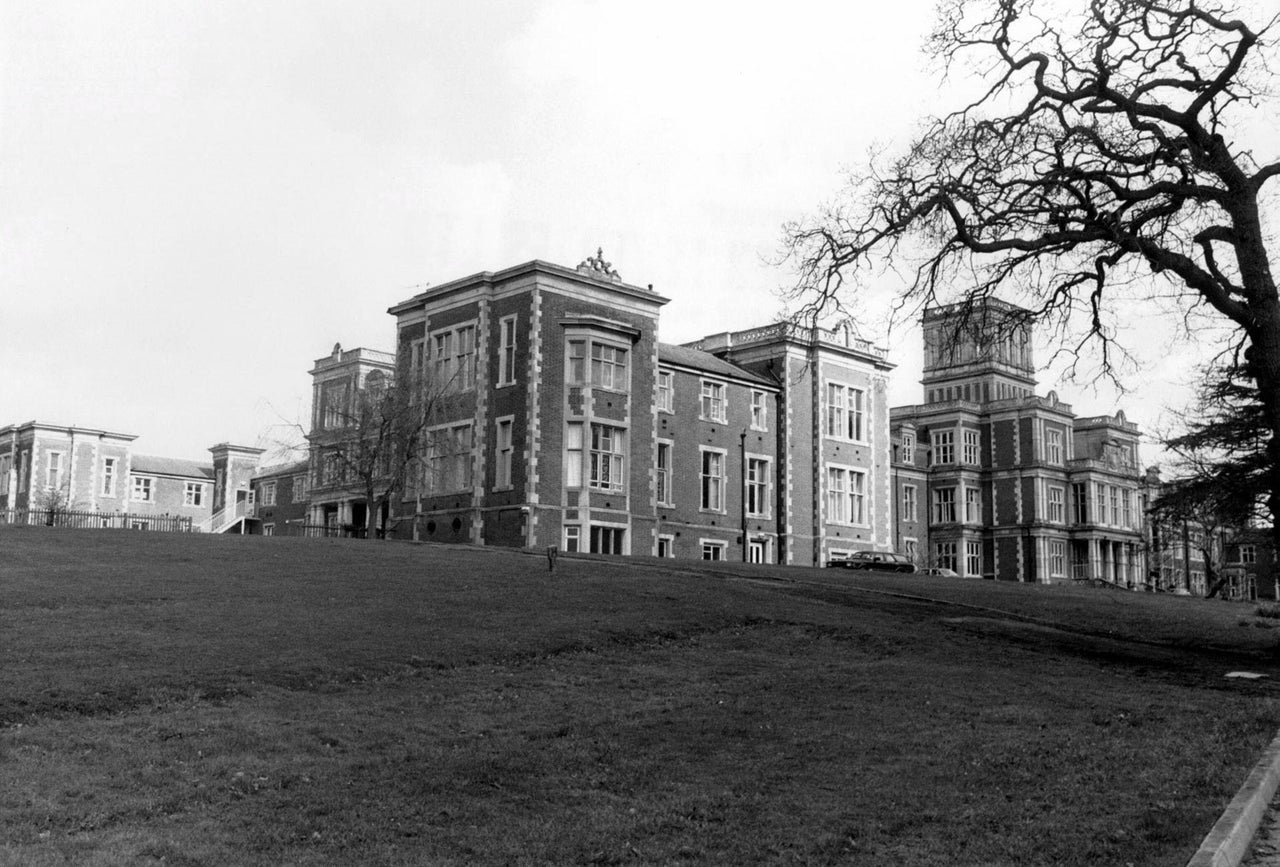
In episode seven of season four, Princess Margaret (played by Helena Bonham Carter) learns she has two disabled cousins who were removed from their family and sent to live in a hospital.
Katherine and Nerissa were Margaret and Queen Elizabeth’s first cousins, the third and fifth daughter of Queen Mother’s eldest brother John Herbert Bowes-Lyon and his wife Fenella.
“[They were] locked up in the Earlswood Institution for Mental Defectives (later changed to The Royal Earlswood Hospital), you please, in Redhill, [Surrey],” Margaret tells the Queen.
Olivia Colman in her role as the Queen informs her sister they are “long dead”, but is informed this is not the case. “What my family did was unforgivable,” concludes Margaret in The Crown.
Marion Bailey as the Queen Mother blames the matter on the abdication of Edward VIII in 1936, after which point her daughter became the Queen.
“My family, the Bowes-Lyons, went from being minor Scottish aristocrats to having a direct bloodline to the Crown,” she says, adding that the development “resulted in the children of my brother paying a terrible price.”
Unsurprisingly, there is only scant public knowledge of the Queen and Princess Margaret’s knowledge and relationship to their cousins.
In 2011 Channel 4 screened the documentary The Queen’s Hidden Cousins, which revealed that Katherine and Nerissa, both born with learning difficulties, had been effectively abandoned by their parents after they were placed in hospital at the ages of 15 and 22 respectively.
According to the documentary, there is no official record of either woman ever receiving a family visit and the 1963 edition of Burke’s Peerage listed the women as both having died in 1961 when they were actually still alive.
In 1987 the Daily Express reported that Nerissa had died the year before, buried in a pauper’s grave. A 1987 statement from Buckingham Palace said the Queen was aware of the report but added: “We have no comment about it at all. It is a matter for the Bowes-Lyon family.”
Lady Elizabeth Anson, a niece of the two sisters, issued a statement to the BBC on behalf of the Bowes-Lyons family saying “there was no attempt at a cover-up” and that the sisters had been visited by many family members.
She added that her grandmother was “a very vague person who often didn’t fill out the forms that Burke’s Peerage sent her, either properly or completely.”
The Royal Earlswood closed in 1997 and Katherine died at the age of 87 in 2014 – though is unclear where she spent the last 18 years of her life.
When Liz met Maggie
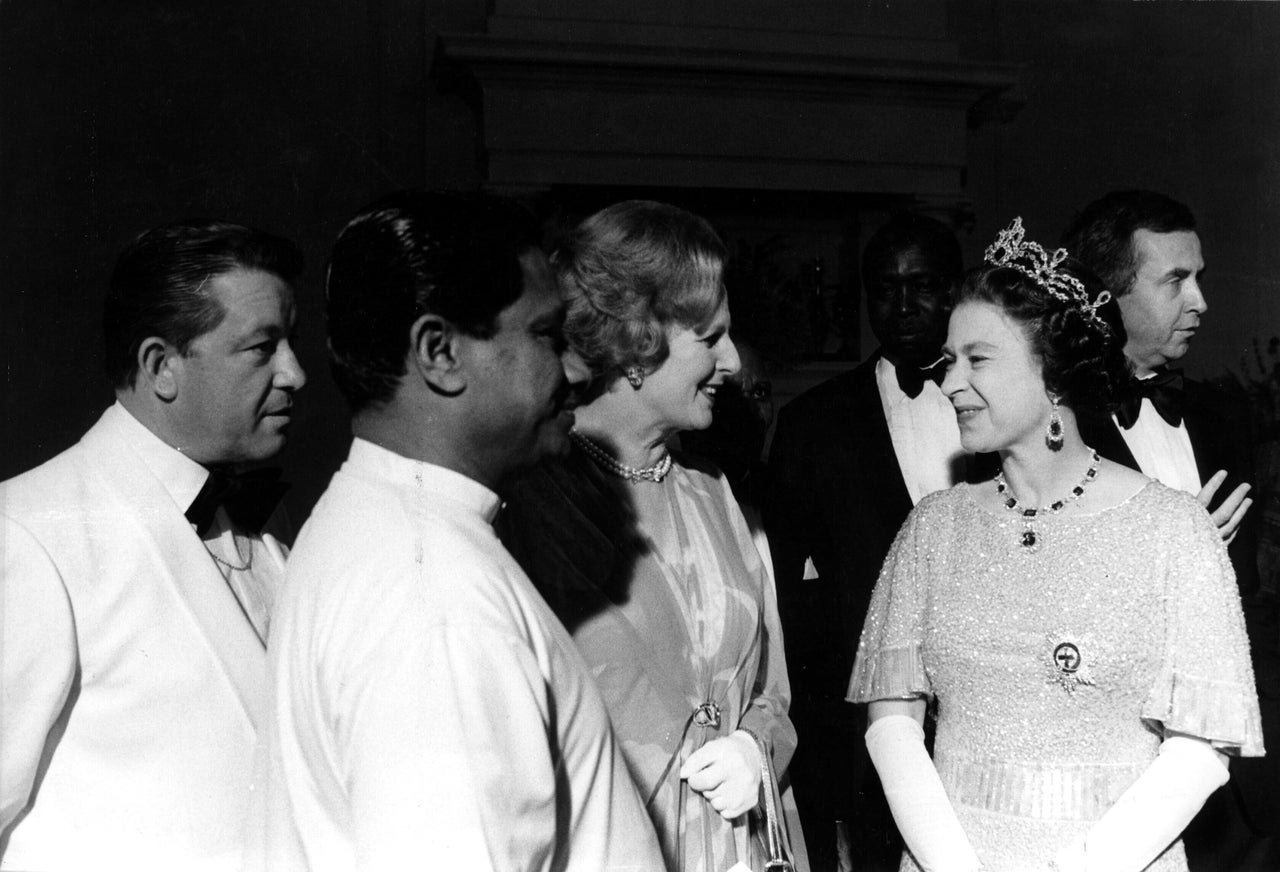
The Crown paints a fraught relationship between the Queen and Britain’s first female prime minister, Margaret Thatcher.
Played by Gillian Anderson, the women fail to gel, with a dismayed Thatcher leaving a disastrous weekend at Balmoral, telling her husband: “I’m struggling to find any redeeming features in these people at all. They aren’t sophisticated or cultured or elegant or anything close to an ideal.”
Tensions deepen in later episodes which see the two women at odds over sanctions against South Africa. Indeed an upcoming Channel 4 documentary entitled Royals Declassified promises to address the Queen’s relationships with prime ministers, “including mounting tensions with Margaret Thatcher that threatened a constitutional crisis.”
Morgan said: “It could be said that they are two very similar women, born only months apart.
“They are very much defined by the Second World War, by a sense of frugality, hard work, commitment, Christianity and so much more.
“It was a commonly held piece of wisdom that the Queen and Thatcher didn’t get on. I think there was probably a lot of respect.
“But they also had many differences, it was really fun exploring their differences and their similarities. I also get a chance to explore them both as mothers.
“Writing Thatcher and the Queen as mothers was probably an angle that no-one has explored before. But it yielded one of my favourite episodes in the season.”
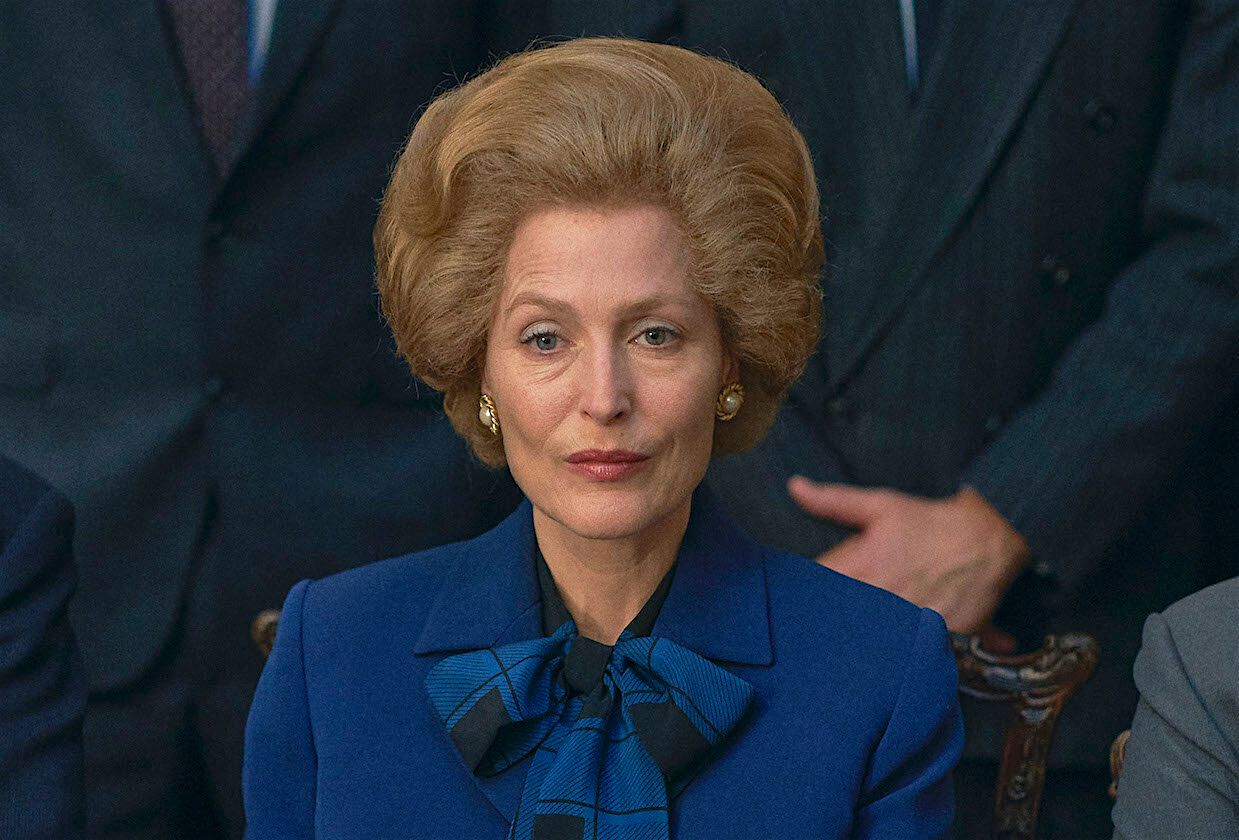
For her part, in her 1993 memoir, The Downing Street Years, Thatcher remained tight-lipped: “Although the press could not resist the temptation to suggest disputes between the Palace and Downing Street, especially on Commonwealth affairs, I always found the Queen’s attitude towards the government absolutely correct.
“Of course, under the circumstances, stories of clashes between ‘two powerful women’ were just too good not to make up.”
Charles and Diana
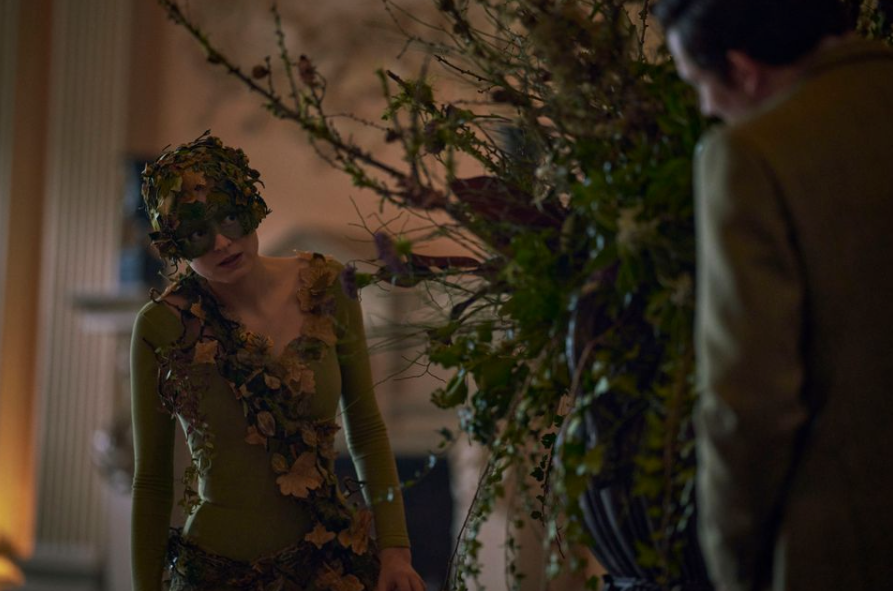
True to life, The Crown acknowledges the fact that Prince Charles was firstly dating Diana’s older sister Sarah, but its portrayal of the couple’s first meeting is infinitely more romantic than it really was.
The show sees Prince Charles at the Spencer home, waiting to pick up Sarah, when he finds himself face-to-face with a 16-year-old Diana – played by Emma Corrin, dressed as a wood sprite for her school’s production of A Midsummer Night’s Dream, peering puckishly at him from behind a tree.
Director Benjamin Caron said: “That scene wasn’t originally as magical,” though it ended up “leaning slightly into the more magical, wondrous side”.
He explained: “My instant reaction to that scene was thinking about Baz Luhrmann’s Romeo and Juliet, that moment when Leonardo DiCaprio sees Claire Danes through the fish tank and they catch eyes, how enchanting that was.”
The true circumstances were much less of a fairytale.
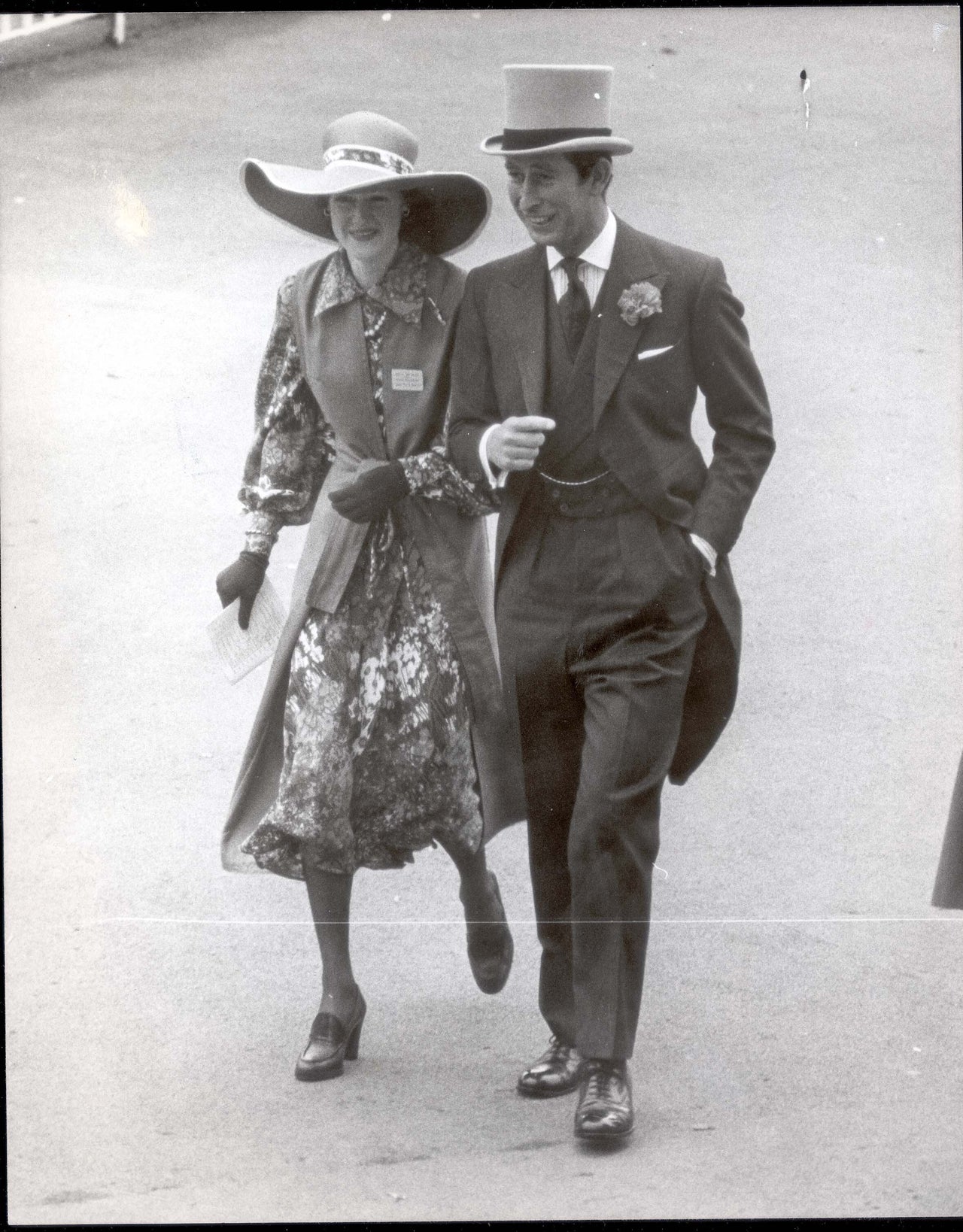
“We sort of met in a ploughed field,” Diana recalled in an interview following their engagement in 1981.
Charles was at the Spencer home for a grouse hunt, and the same interview, recalled: “I remember thinking what a jolly and amusing and attractive 16-year-old she was. I mean great fun and bouncy and full of life and everything.”
Diana’s first impression of Charles was “pretty amazing” – though in later years she seemed to have revised her opinion, telling author Andrew Morton for his book Diana: Her True Story In Her Own Words that her first thought of Charles was: “God, what a sad man.”
